By Joey Yap
Following the live announcement made on May 10th by the Malaysian Prime Minister, Tan Sri Muhyiddin Yassin, the conditional movement control order (CMCO) will be extended to June 9. That is to say, it’s still best to avoid mass movements or gatherings if possible. Even our health DG, Dr Noor Hisham Abdullah, advises to avoid having visitors during Hari Raya celebrations. Therefore, Hari Raya Aidilfitri is obviously expected to be less exciting this time around as compared to previous years. However, looking on the bright side, some of us can find solace in the fact that we are still able to celebrate this occasion with our immediate family members.

Hari Raya Aidilfitri marks the first day of the Syawal month of the Islamic calendar. It is a celebration to indicate the end of the month-long period of fasting observed by Muslims, otherwise known as Ramadan. Food has undoubtedly become part of the culture in Malaysia and obviously enough, the food during this festive period is scrumptiously appetizing and looked forward to by all Malaysians, regardless of race. Whether you celebrate Eid Mubarak and already know these dishes like the back of your hand, or whether you have never eaten Malay food in your life, let’s find out about the various iconic dishes you can commonly find during Hari Raya Aidilfitri in Malaysia!
1. Ketupat
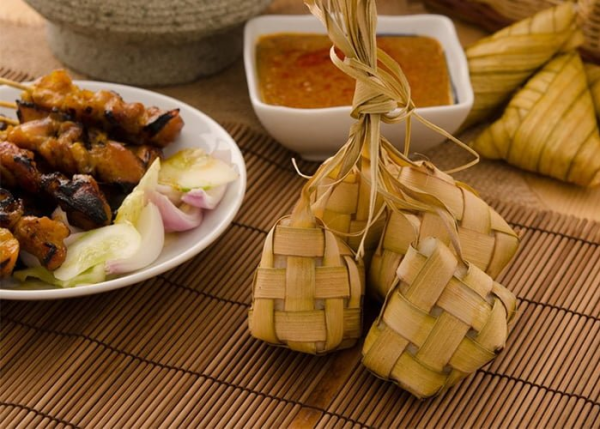
This is without doubt, the star of the show and a common find at every dining table or open house (if you’ve ever been to one for that matter). Ketupat is actually rice packed in a diamond-shaped, hand-woven palm leaf pouch. The shape of it is rather fascinating but it may be slightly difficult to form unless you are skilled from years of experience or continuous practice. You will usually find this served with rendang, curry or served alongside satay, with the classic crunchy peanut sauce that we Malaysians have come to love and enjoy.
2. Lemang

In previous years, around this time, you might have encountered lemang at roadside stalls where you can see the long bamboo sticks being roasted over hot flames. These hollow sticks are first lined with banana leaves and then stuffed with glutinous rice, coconut milk and a sprinkle of salt. They are then roasted over fire which can take up to four or five hours (in need of turning every so often) to fully cook. Like ketupat, lemang is also best enjoyed with curry and rendang.

3. Rendang
Another common find at the dining table, for which we have the Minangkabau ethnic group from Indonesia to thank, is rendang. Popular during the festive period, it is a dish made of thick, savoury gravy cooked using coconut milk and a plethora of spices. The dish got its name from the Indonesian word ‘randang’ which denotes ‘slowly’, referring to its cooking time and method whereby it is slow-cooked (not fried) for hours to achieve its depth of flavour.

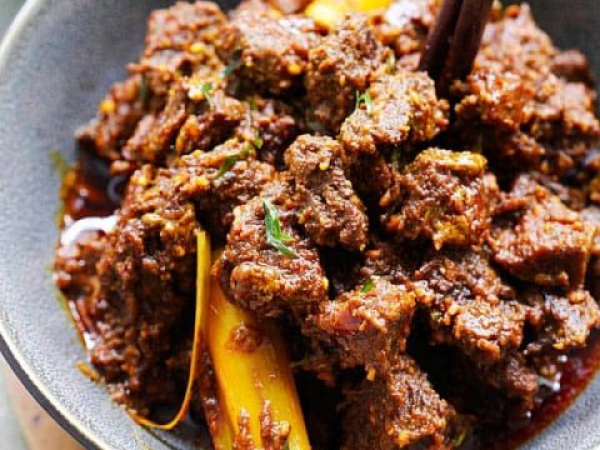
For the preparation of rendang, most would tend to use either chicken or beef but any other meat can be used depending on individual preference. Fun fact! Due to the blend of spices used in rendang which carries natural preservatives properties, the dish can last around up to a month at room temperature.
4. Satay
A dish on its own, these skewers of grilled meat are normally served with raw red onions, cucumbers, and the signature spicy peanut sauce. Like rendang, there is the option to either have chicken or beef satay. Meat is diced up into bite-sized pieces and then marinated using lots of spices (ie. turmeric powder, coriander powder, lemongrass, shallots) for 6 hours or overnight. After threading several pieces of meat onto each skewer, oil is brushed all over the meat, which is then grilled over charcoal until gloriously charred.

Meanwhile, the peanut sauce is made of ground roasted peanuts and a blended spice paste (red chillies, garlic, shallots, lemongrass, galangal). Spice paste is fried peanuts, water, tamarind juice, soy sauce and various other spices which contribute to the flavourful richness of the sauce. The sauce’s sweet and sour tang acts perfectly to complement the juicy meat fresh off the grill.
5. Asam Pedas

It’s sour. It’s spicy. It’s fish! The flavour of asam pedas is drawn from the blended spice paste made of lemongrass, garlic, shallots and galangal. The spice paste is sauteed in a heated wok before adding tamarind juice and daun kesum. After that, the vegetables would go in (okras, tomatoes, brinjals) and cooked until fork-tender prior to adding the fish. This particular dish goes well with rice and exists as many variations relative to the region.
6. Sayur Lodeh
Another dish hailing from Indonesia which is a vegetable stew made using coconut milk and a variety of vegetables. The dish is started off by sauteing the spice paste (onion, garlic, lemongrass, galangal, ginger, turmeric) and then adding water and coconut milk (santan) before throwing in the vegetables (carrots, long beans, brinjal, cabbage). A versatile dish that can be customized to one’s tastes and makes use of leftovers in the fridge, various types of vegetables can be used in this dish.
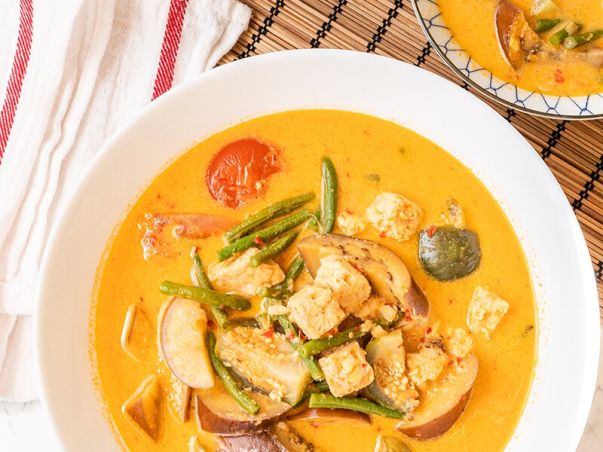
7. Bubur Lambuk
Having been first cooked at a mosque located in Kampung Baru, Kuala Lumpur, Bubur Lambuk is a delicacy enjoyed by many for its cheap and simple-to-prepare qualities. It is packed with carbohydrates as well as proteins; all in this bowl of goodness. Rice is boiled into thick congee, including a profuse amount of spices and meat. Beef is normally used but there are other variants of this dish that incorporate chicken or fish. However, the key spice here is date powder, otherwise known as kurma powder.
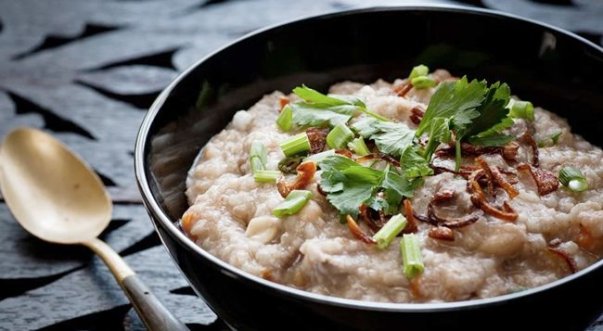
8. Serunding

If you’re not familiar with serunding, it’s actually meat floss fried with grated coconut and spices. The sole purpose of frying it until the texture turns dry is to ensure it can be preserved for a longer period of time. Just like rendang and satay, the meat can vary from chicken to beef to fish. It’s totally up to each individual and their preference. Serunding goes well with rice, ketupat or lemang; in fact, they can be used to make tidbits like popia simpul, a popular snack during raya time.
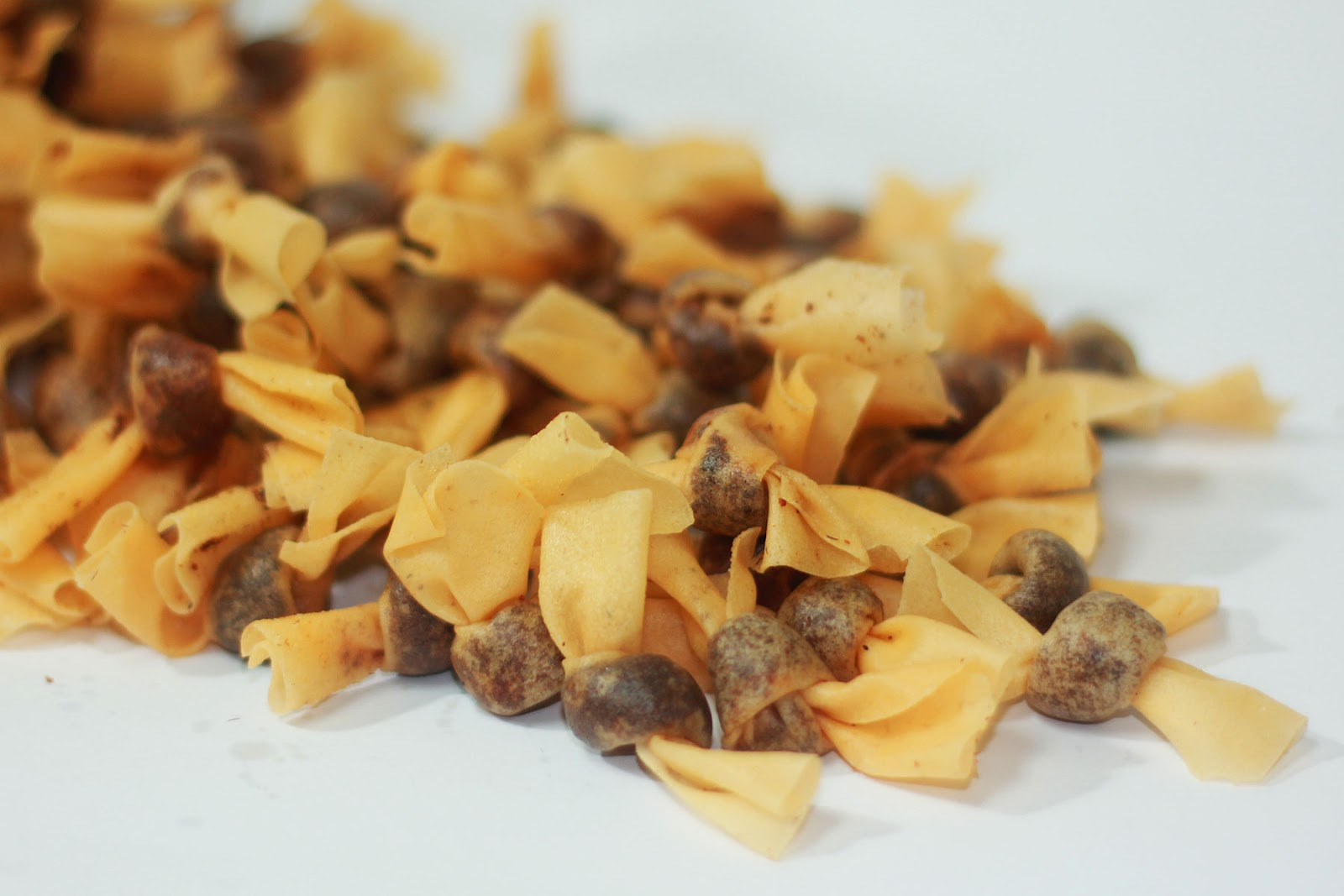
9. Kuih-muih & kuih raya
If you have a sweet tooth like I do, this may be just up your alley as you can enjoy a wide array of kuih muih during this festive period!
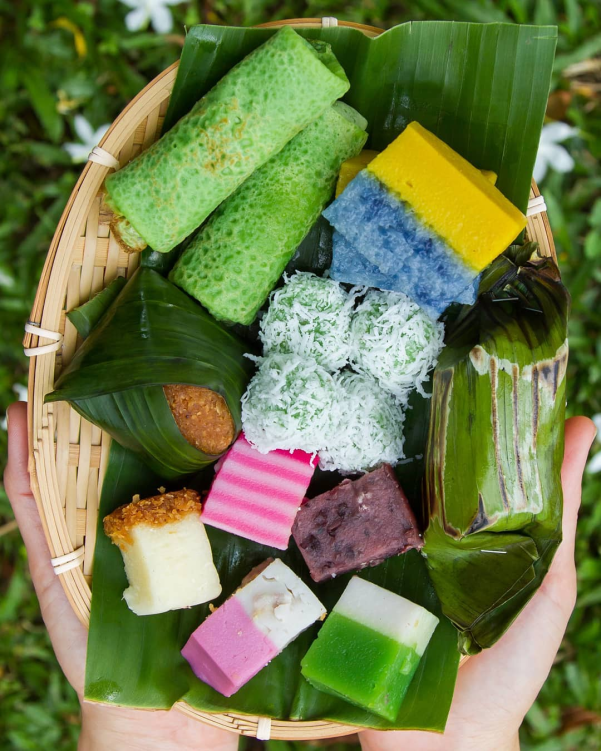
Arrays of sweet-smelling and colourful kuihs are always a staple sight at open houses and Ramadan bazaars. The pictures only show a small portion of the delectable treats looked forward to by many. The top five kuihs are known as dadar gulung, kuih seri muka, pulut panggang, onde-onde and pulut inti. Meanwhile, the bottom five are kuih bingka, kuih lapis, kuih merah kacang, kuih talam and kuih taro ungu.

On the other hand, there are also several types of cookies that aren’t technically considered traditional kuihs, but have also been so long a part of raya traditions that we love them anyway. From the top left corner, the addictive snacks are pineapple tarts, biskut telur rebus, cornflake cookies, London almond, batang buruk cookies and semperit.
Loved by kids and adults alike, these few snacks never last long during the raya period, especially during open houses. Before you know it, there’ll be more empty kuih jars than the kuihs themselves!
***
Under the restrictions placed on us throughout the Ramadan and Eid period, various businesses selling these iconic raya dishes have been driven to take their businesses and livelihoods online. Let’s also do our part in supporting them in these trying times, while also getting a fix of our favourite dishes!
With the CMCO coming to an end soon, do continue to maintain personal hygiene, wear a mask when you’re out and practice social distancing. Stay safe and also, to those celebrating this occasion: Selamat Hari Raya Aidilfitri!




